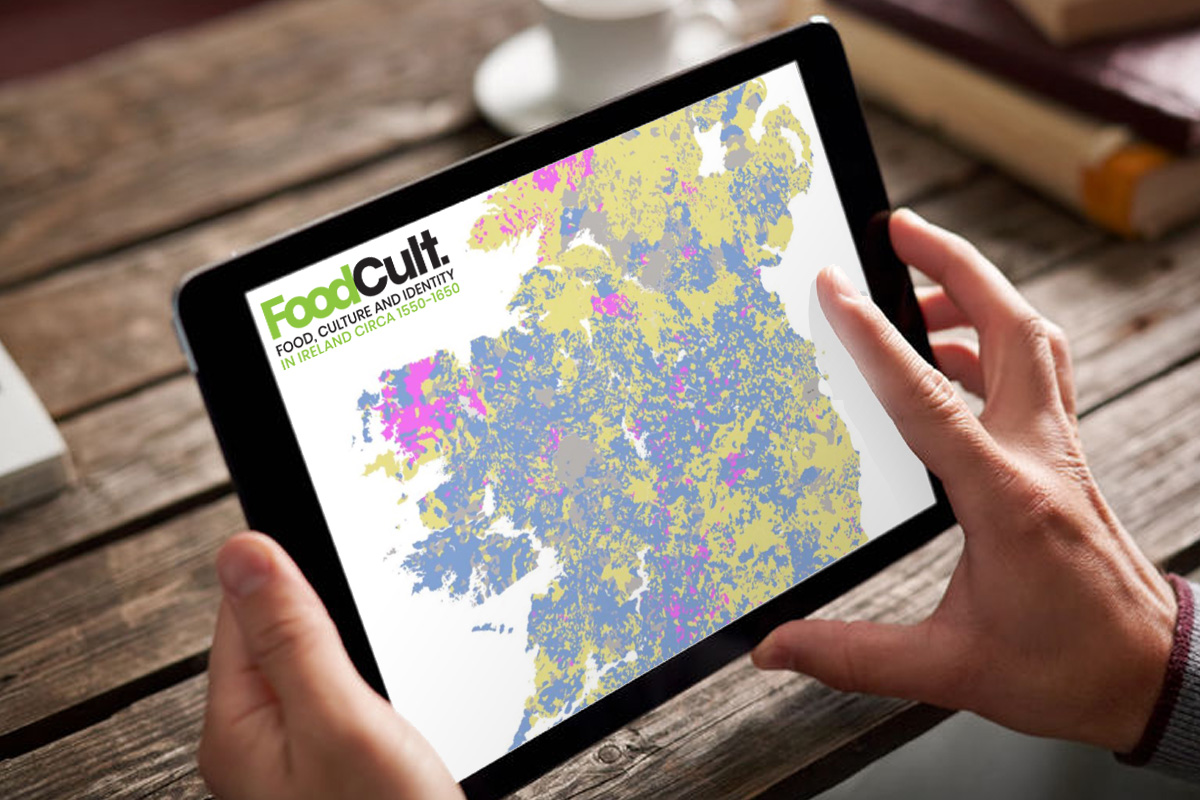This work package will collate, record and map food-related archaeobotanical, zooarchaeological and artefactual evidence, across urban, domestic and garden assemblages dated to the sixteenth and seventeenth centuries
A GIS database will be constructed – it will be designed to enable data sharing and collaboration across Europe’s archaeological research community. The database will facilitate the complex interdisciplinary study of comparative regional diets in early modern Ireland, enabling a variety of statistical queries, for example on domestic production, site economy, food processing, dietary components and quality, human nutrition, food preparation, consumption and material culture.
On completion of the database, the team will select sites/finds to undergo targeted scientific testing (organic residue analysis and human isotope analysis). A range of discrete archaeological sites (8–10), dated to c. 1550–1650 and representing diverse functions and social/ethnic groups will be chosen.
Selection will be based on:
a) availability of suitable datable samples (tooth/bone/ceramic)
b) represented demographic range
c) survival of contextual archaeobotanical, faunal and artefactual evidence
d) supporting historical primary source material
e) potential to add value to the broader understanding of the site and regional context, especially in relation to settlement patterns


